The second version of BSI Flex 350 provides guidance on using alternative binder systems for concrete – cutting construction’s carbon footprint in the process. Clare Price explains.

When we talk about reducing the environmental impact of construction, one key area is the carbon footprint of concrete.
Traditional Portland cement, a major ingredient in conventional concrete, plays a huge role in global CO2 emissions. This is because its production requires a lot of energy. In the UK alone, according to the European Ready Mixed Concrete Organisation, about 11.7 million tonnes of Portland cement are used annually. This results in millions of tonnes of CO2 emissions, comprising nearly 90% of the greenhouse gases linked to concrete production.
Enter BSI Flex 350 Version 2.0 – a standard that outlines how to assess and use alternative binder systems (ABS) for lower-carbon concrete.
This updated guide is designed to help engineers, designers, contractors and manufacturers adopt these sustainable technologies more easily, ultimately supporting wider progress to a more sustainable world.
Alternative binder systems
ABS include technologies like geopolymers and alkali-activated materials (AAM), which produce significantly lower emissions compared with traditional cement. BSI Flex 350 V2.0 provides a framework for evaluating and using these low-carbon alternatives in construction, offering practical advice on how to integrate them into design and construction processes.
BSI Flex 350 is performance-based, meaning it focuses on the results of using ABS rather than prescribing specific materials. It provides guidance on how to test these alternatives to ensure they perform as well as — or better than — traditional concrete.
The framework is particularly aimed at engineers who want to explore low-carbon technologies without being tied to any specific binder technology.
It’s a flexible approach that aims to encourage innovation and help companies align with the broader goal of achieving net-zero emissions by 2050.
Using BSI Flex 350 V2.0
By promoting alternative binders, BSI Flex 350 V2.0 supports a shift toward more sustainable construction practices. This standard also simplifies the testing process by specifying which tests are necessary to ensure performance, offering a way to save time and resources.
The standard’s approach is all about efficiency. It seeks to ensure that resources are not wasted on unnecessary testing and that the right materials are selected for each project. It is also designed to foster innovation in the construction industry by encouraging the exploration of new materials and solutions.
As the demand for sustainable construction practices grows, there’s a need for clear, reliable guidance to help users navigate the use of alternative binders.
BSI Flex 350 V2.0 aims to build market confidence by drawing on national expertise and providing a well-defined process for selecting the right materials. This should help users feel confident that ABS solutions are appropriate for their specific projects and meets the increasing regulatory focus on sustainability.
The standard’s comprehensive approach ensures that companies can meet both current and future legal requirements, keeping them on track as regulations evolve.
A low-carbon future for construction
In addition to lowering emissions, BSI Flex 350 V2.0 also supports the futureproofing of the construction industry.
As more organisations adopt sustainable practices, they are not just improving their environmental footprint or accelerating progress on sustainability, they are enhancing their reputation and staying ahead of the curve in a rapidly changing market.
With environmental responsibility becoming increasingly important, using ABS in construction projects can give companies a competitive edge. Whether it’s meeting carbon reduction targets or complying with new regulations, BSI Flex 350 V2.0 is an opportunity for companies to stay on top of the latest standards and expectations.
This standard has the potential to become a crucial step in helping the construction industry transition to a truly low-carbon future. By promoting sustainable materials and clear testing protocols, it supports long-term sustainability and contributes to the industry’s decarbonisation goals.
Clare Price is sector lead for built environment standards development at BSI.
Comments
Comments are closed.





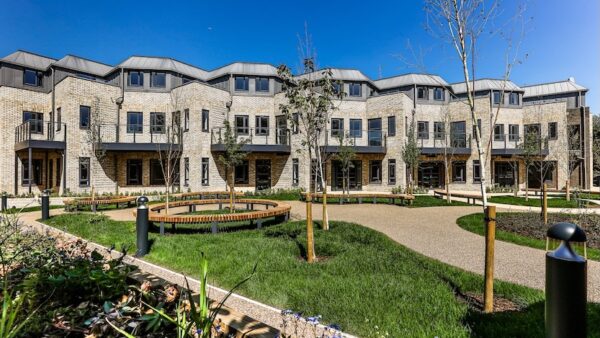
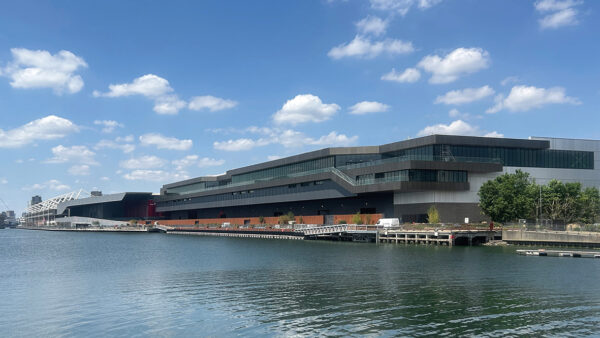
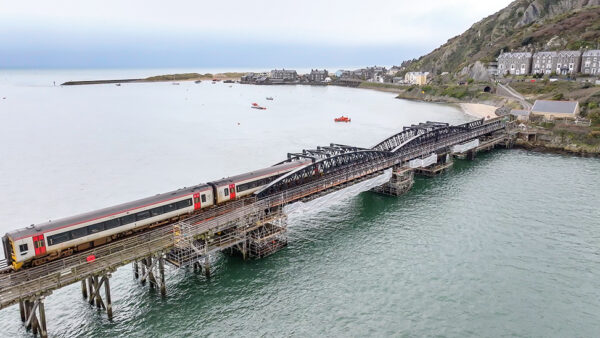

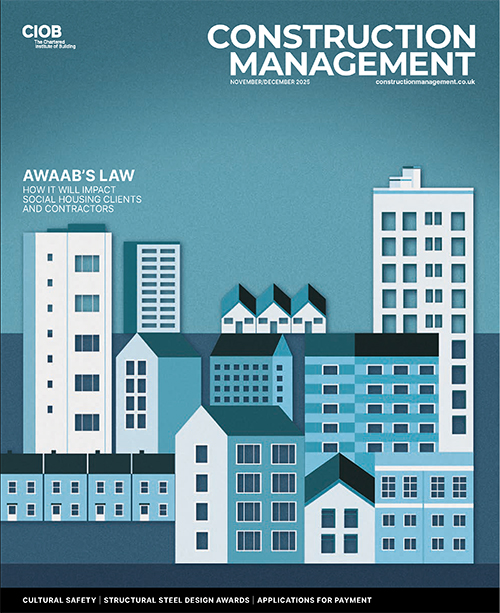
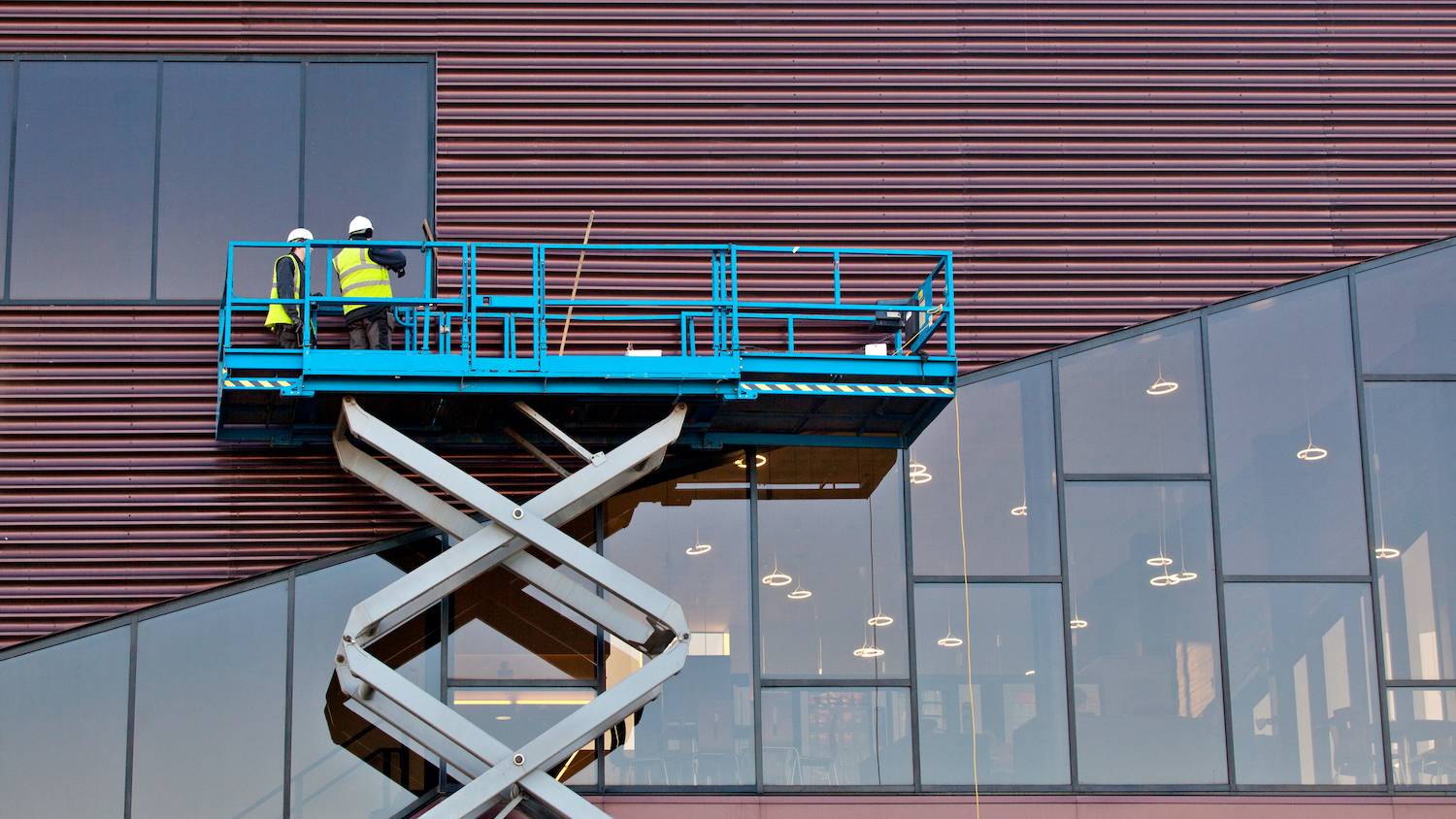

Regarding the reasons for high emissions from OPC (2nd para), it’s not just energy; around 50% of the CO2 emissions are generated by the chemical reaction.